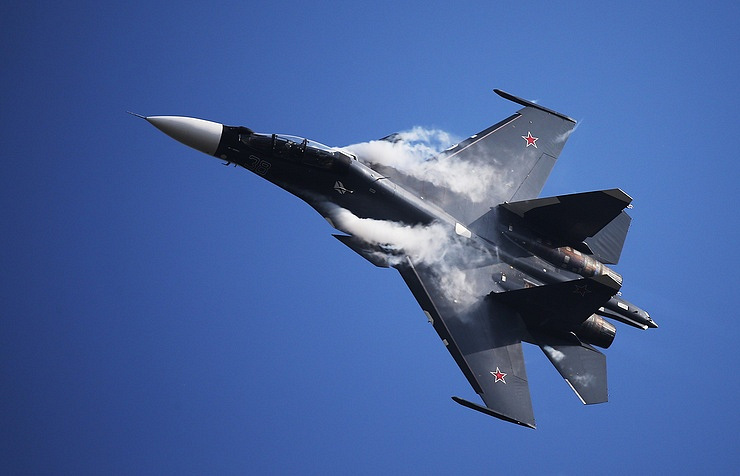http://www.interfax.com/newsinf.asp?pg=3&id=715751
November 18, 2016 11:02
Missile forces to be fully equipped with Iskander systems by 2020 - Russian Defense Ministry (Part 2)
MOSCOW. Nov 18 (Interfax-AVN) - All Russian army missile formations will be rearmed with Iskander-M short-range ballistic missile systems by 2020, Russian Armed Forces' Missile Forces and Artillery Commander Lt. Gen. Mikhail Matveyevsky said.
"We will complete the rearming of all formations with Iskander-M missile systems by 2020," he told the press on Friday.
The Iskander-M "is the best missile system in its class as of today, and it is capable of penetrating any kind of missile defense," he said.
"Enterprises of the Russian defense sector are modernizing this system in order to improve its combat and performance capacities," the general said.
He mentioned the creation of prospective warheads, including "multiple independently targetable reentry vehicles (MIRV) and those whose impact is based on new physical principles."
"The use of all-weather homing warheads and self-directing and targeting vehicles by military units'" is being ensured, Matveyevsky said.
Missile systems are being equipped with "brand new control and automatic launch systems and units controlling their serviceability," he said.
The modernization potential of the Iskander-M, which was commissioned in 2006, "will keep it up-to-date and not inferior to foreign products until 2030," the general said.
The Iskander-M, designed by KB Mashinostroyeniya of the High Precision Systems Holding, can hit targets at a range of up to 500 kilometers. The system is armed with ballistic and cruise missiles to destroy multiple rocket launchers, anti-aircraft and air defense systems, planes and helicopters on airfields, command posts and infrastructures of the enemy.
*****************
The Russian Land Force's missile and artillery troops will be fully reequiped with Iskander-M mobile missile systems by 2020, Maj. Gen. Mikhail Matveevsky, said Friday.
Matveevsky said all of Russia's Central, Southern and Eastern Military District formations have been revamped to accommodate the Iskander-Ms.
"By 2020, we will completely finish upgrading all existing formations to the Iskander-M missile complex," he stressed, referring to the Western Military District.
********
"Before 2020, we’ll complete rearming all existing military formations with the Iskander-M system," he said.
The general specified that Iskander-M tactical missile systems would replace Tochka-U ballistic missile complexes.
A brigade set of the Iskander-M missile system has already been fully delivered to Russia’s Central Military District. The
brigade set comprises over 50 pieces of combat hardware, including launchers, loader-transporters, command and staff vehicles, maintenance and repair and life support vehicles, the general said.
Missile units in the Southern and Eastern Military Districts have been fully rearmed with the advanced Iskander-M systems, the general said.
"As for the prospects of developing the missile system, the following can be said: the Iskander-M is today the best missile complex of its class, which is capable of breaching any missile defense shield. But, as the saying goes, there is no room for complacency. Russian defense enterprises are currently carrying out work to modernize the missile system to enhance its combat and operational capabilities," Matveyevsky said.




























